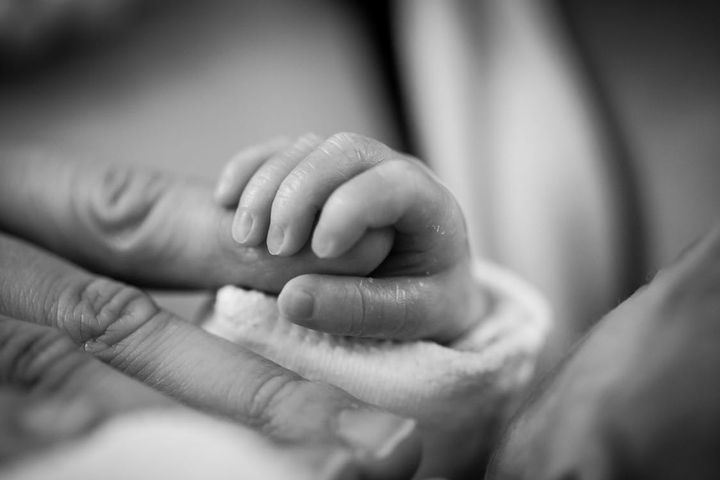
Music therapy can help your baby in more ways than you think.
The heartbeat is a baby’s first musical instrument. Its steady beat and rhythm becomes the body’s soundtrack. While in the womb, we jam to our mother’s heartbeat, emotions and the sounds around her—including when she’s singing along to her favorite songs. As a pregnancy progresses, sound is even more influential. Increasingly, pre- and perinatal music therapy is offered to help prepare mothers for delivery and post-partum life—especially if there’s a chance of a premature birth.
Captivating new research shows that the steady sound of a beating heart can help premature babies grow, and be a source of comfort to them while living at the Neonatal Intensive Care Unit (NICU) and in other clinical settings.
Most people are familiar with lullabies, however, in the past decade, more researchers have further explored the untapped potential of these and other melodies in helping children develop. Recently, researchers at Mount Sinai Hospital in New York City found that live sound applied by a certified music therapist can influence cardiac and respiratory function in premature babies. The study also found that sound and lullabies, like Twinkle, Twinkle Little Star, may improve sucking patterns and feeding behaviors.
For years, certified music therapists at MJHS have adapted similar techniques for use with pediatric hospice patients, including those who are pursuing medical treatments and interventions. My colleagues have found that when parents—and even siblings—participate, using music therapy to write news songs or analyze lyrics can help everyone further bond, create beautiful memories, and decrease stress levels. When a child’s prognosis worsens, the usefulness of music therapy can become even more significant. Often music becomes an important part of the grieving, as well as emotional healing, process.
Because so many communities don’t have access to licensed music therapists, here are DIY tips for parents about how to incorporate music into their child’s life.
During Pregnancy
- Trimester tunes – In the 2nd or 3rd trimester, place a headphones or light speakers on mom’s stomach while she’s relaxing, so both mother and child can listen to the same music. Choose songs that make mom happy or relaxed.
- Pick a song, listen, repeat – It’s okay to play songs on repeat. Learn all the words and sing them without a care in the world. Choose a song that is meaningful to you. (Don’t worry, your child may eventually seek revenge by insisting on hearing the same song all day for weeks at a time.)
- Set your soundtrack – Don’t forget your favorite playlist before you leave for the hospital. Expectant mothers can even listen to their personalized playlists during delivery and recovery.
- Lighten things up – If you are feeling anxious, upset or unsure if your baby/child is okay, turn on music that will be reassuring.
Delivery, Diapers and Beyond
- Sing out loud – Give your baby a concert by singing live (and if you have a partner, invite him or her to join in). Don’t worry about being in tune.
- Ask for music – If your child is in the NICU or hospitalized for any reason, speak with the staff about how to incorporate music in your child’s environment.
- Set a routine – When your child comes home from the hospital, maintain a musical routine. Initially, keep playing the type of music you listened to while pregnant. Sing in the morning when you’re waking up and getting out of bed, also when you’re getting ready to sleep. If your child is older, play music that elicits a positive response for various situations—something calming for sleep or meals, something energetic for physical therapy or exercise.
- Genre doesn’t matter – It’s okay if your baby falls asleep to Biggie Smalls or AC/DC. Do whatever works for your child.
- Get creative – Children are natural music makers. They clap their hands and tap fingers on high chairs. If your child is able, use everyday household items to create original music. For example, plastic bottles can be used to create wind sounds, and of course, spoons are often used to bang on pots or pans.
If you’re unsure about how to incorporate music into your pregnancy and post-partum life, seek out a board-certified music therapist who specializes in this area to create a plan for you and your baby. If your child has a chronic, genetic or terminal illness, ask for a music therapist to join your medical team. There’s a song for every situation.
